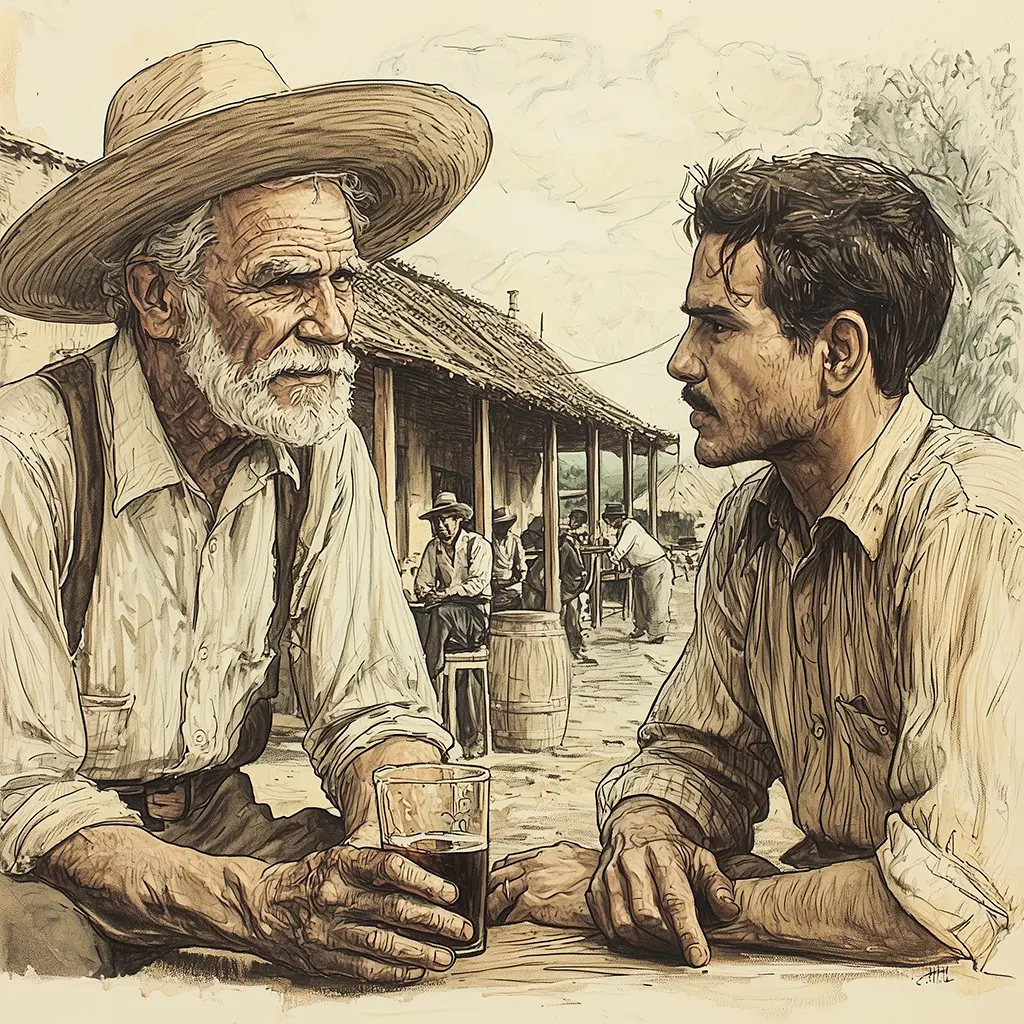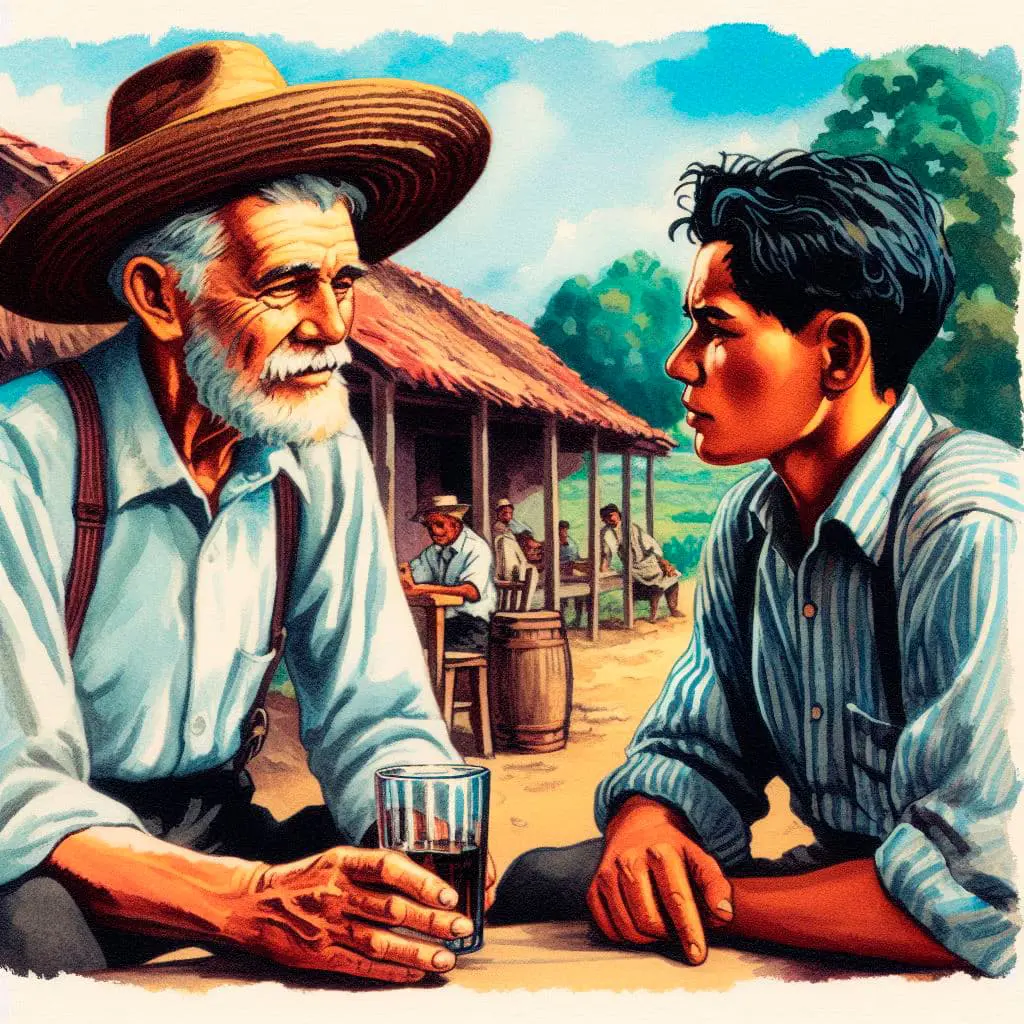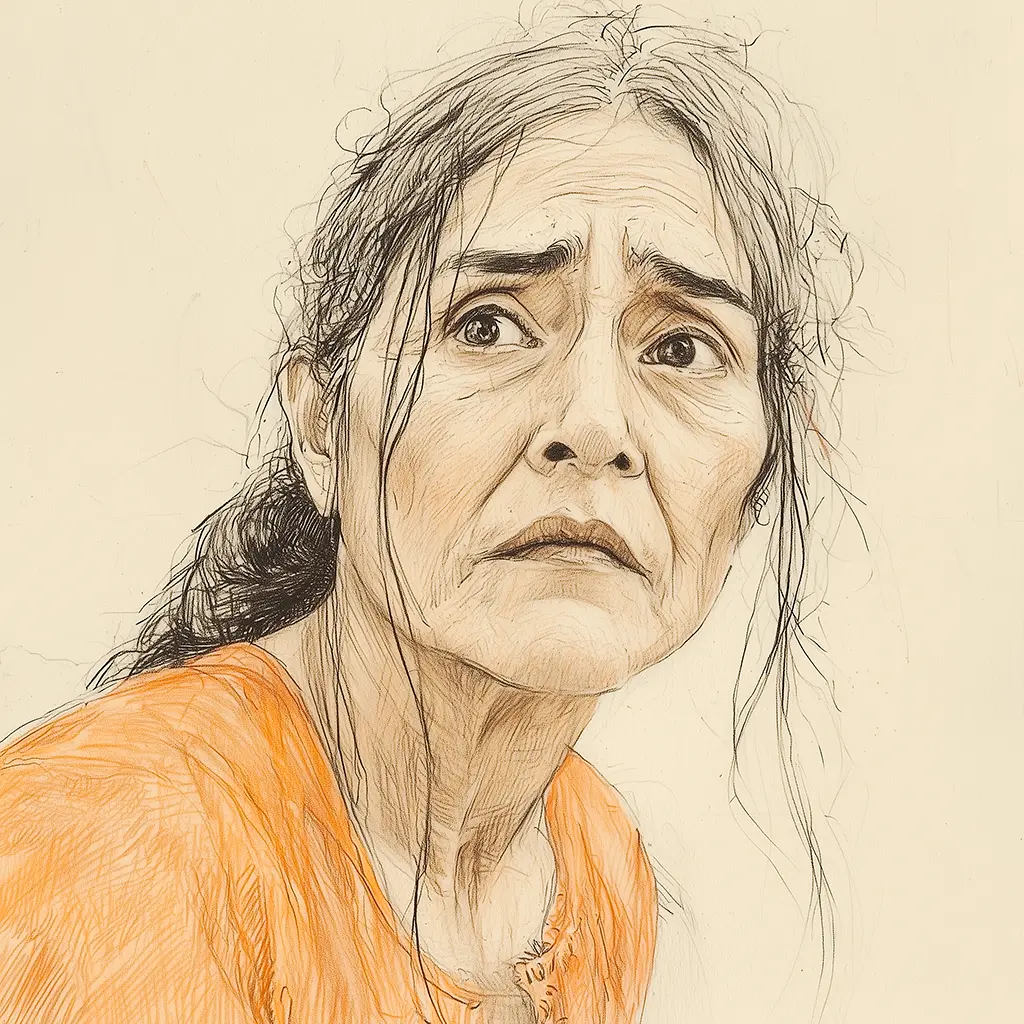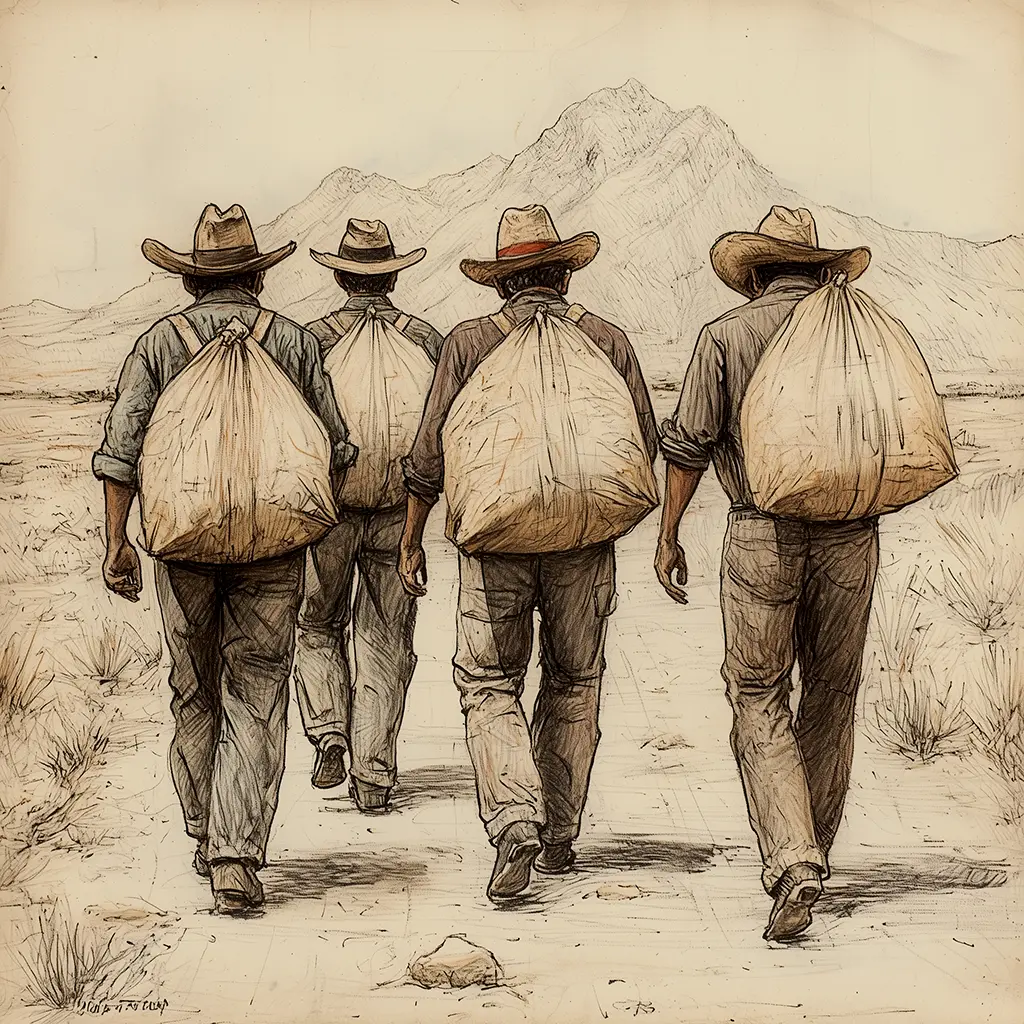Juan Rulfo: Remember
“Remember” (Acuérdate) is a short story by Juan Rulfo, published in 1953 in the collection El llano en llamas. It tells the story of Urbano Gómez, a cunning and resourceful boy raised in an environment marked by poverty and neighborhood gossip. Through memories of his childhood—his quarrelsome mother, his sister with hiccup attacks, his sales and petty tricks to earn a living—the story reconstructs the years in which Urbano roams the village, depicting a lively atmosphere in which his figure becomes inseparable from the daily hustle and bustle, until an embarrassing incident at school alters that routine forever.





